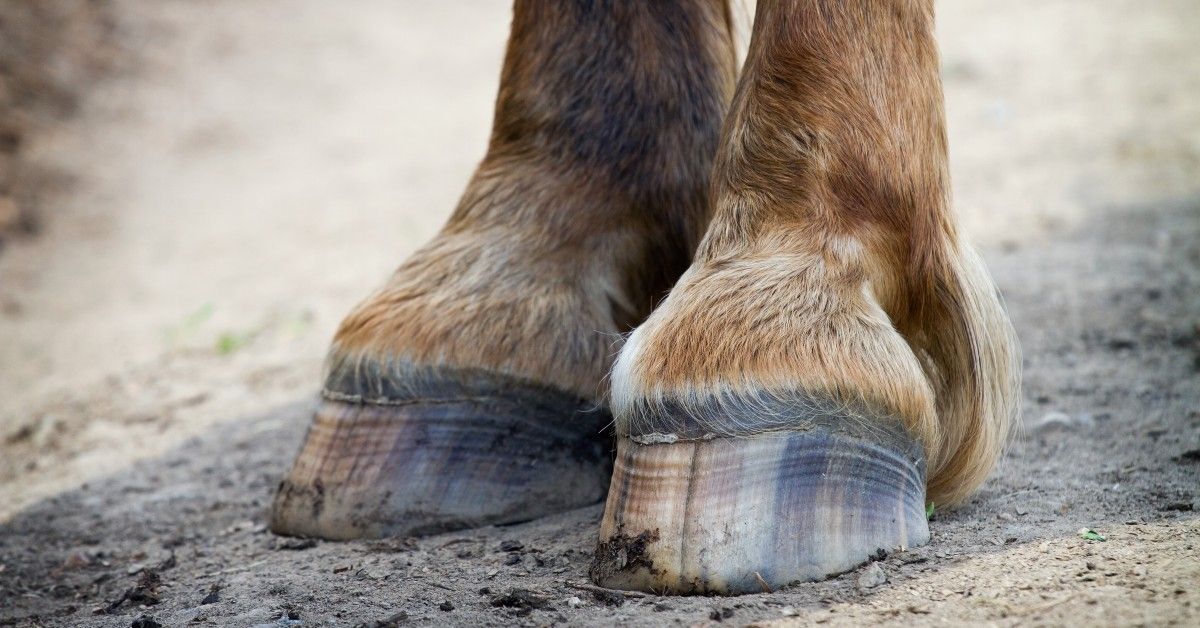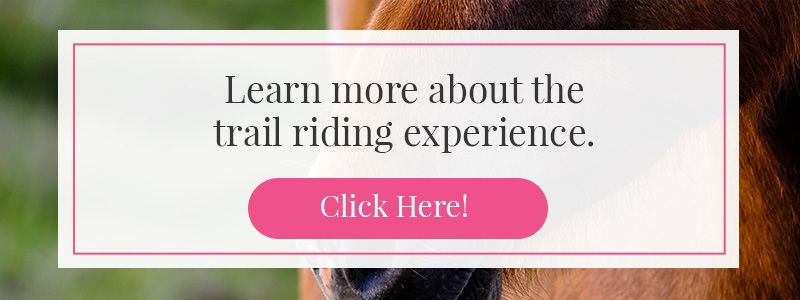Do you love to go horseback riding and now you’re starting to think about getting your own horse? Taking care of a horse is a big responsibility that takes time and money. You have to be prepared for the commitment it takes to care for your horse. There will be days when you just don’t feel like it or have other things you’d rather be doing, but you’ll still have to prioritize the needs of your horse. In today’s post from Pink Flamingo Stables in Lake Worth, we’re going to discuss the basics of caring for a horse. If you’re serious about getting one, this is a good first step in really understanding what it takes. Keep reading and if you’d rather just enjoy horseback riding without the commitment, contact our stables to schedule a ride.
Beautiful horses treated to a wonderful lifestyle.

Basics of Caring For a Horse
Food
You probably heard the phrase “He eats like a horse!” That should give you an indication of what to expect when it comes to feeding your horse — horses eat a lot! Most horses generally eat between two and four percent of their body weight every day. That means that a 1,000-pound horse can eat up to 40 pounds of hay per day!
In addition to hay, horses also eat grass and oats. If your horse needs a little extra nutrition or needs to gain weight, there are also special horse feeds that you can buy. Want to give your horse a little treat every now and then? Foods like apples, carrots, raisins, and even sugar cubes are safe to give your horse in small quantities. Just make sure not to overdo it — grass and hay are the best foods and what they should be consuming the most.
Keep in mind that your horse also needs to have access to an unlimited amount of fresh, clean water. If you live in an area where the temperature can get down to freezing, you’ll need to have a heater to ensure the water doesn’t become a block of ice.
Shelter
Horses need to have some kind of shelter. A stable or shed can protect your horse from the hot summer sun and provide safety from cold, rainy, or snowy weather. Your horse’s shelter needs to be big enough to be comfortable and include a clean, dry area to lie down.
Inspect your stable to ensure that there aren’t any safety hazards that could harm your horse. Look for things that are sharp, jagged, or rusty. The same goes for the pasture — before your horse goes outside, inspect the area to make sure that it’s free from loose wire fences, old farm equipment, and even holes that a horse could step in.
When it comes to shelter for your horse, another option is to board them at a stable. For people who don’t have the time or resources to care for a horse 100% of the time, boarding can be a good (although somewhat expensive) option. When you board a horse, the staff at the stable clean the stall, feed the horse, and bring him in and out of the pasture. Boarding your horse also allows him to interact with others and stay in an environment that’s monitored. Just make sure to do your homework before agreeing to board your horse at a particular location. You’ll want to verify that the stable you choose is clean and well-kept and that the other horses there appear to be happy and healthy.
Grooming
Grooming is an important part of bonding with your horse and keeping him healthy. You should do it every day, but at a minimum, it must be done before riding to make sure that grit beneath the saddle doesn’t cause saddle sores.
Grooming your horse gives you a chance to check your horse over for injuries or other problems and it improves the health of the skin and coat. Grooming not only involves combing out dirt and grit, but you’ll also want to clean the hooves, comb out any tangles in the tail and use a finishing brush to bring out the shine in your horse’s coat.
Health Care
Just like humans or any other animal, there will likely come a time when your horse gets sick or needs health care. It’s important to know what signs to look for so you can take immediate action and consult a veterinarian if you need to. Horses should be monitored daily and you’ll want to watch out for changes in their normal behavior. A horse that all of a sudden increases or decreases the amount they usually eat or drink may have an underlying health problem.
You should also check your horse daily for signs of sickness such as a runny nose or eyes. Look for and monitor injuries to ensure they are healing properly and check hooves for cracks or signs of infection. If you’re new to taking care of a horse on your own, you should call your veterinarian if you notice anything that is of concern.
Companionship
Horses are traditionally herd animals and they are happiest when living with others of their own kind. If you don’t have the means to house and care for more than one horse, there are other ways you can still give your horse the companionship he desires. You could have your horse spend some time at a stable. You can also get another animal to provide companionship. Although horses prefer to be with other horses, many of them do just fine with a donkey, sheep, or goat for a friend.
Not Sure If You’re Ready For a Horse Of Your Own?
As you can see, taking care of a horse is a big responsibility and we’ve only just touched on a few of the basics of caring for one. There are many other things you’ll need to know before signing up for this big commitment. If you’re thinking twice about getting your own horse, or if all this talk about horses makes you long for interaction with one, we encourage you to visit our stables in Lake Worth. We offer horseback riding and riding lessons for people of all ages and experience levels. Contact us to schedule a ride today!

